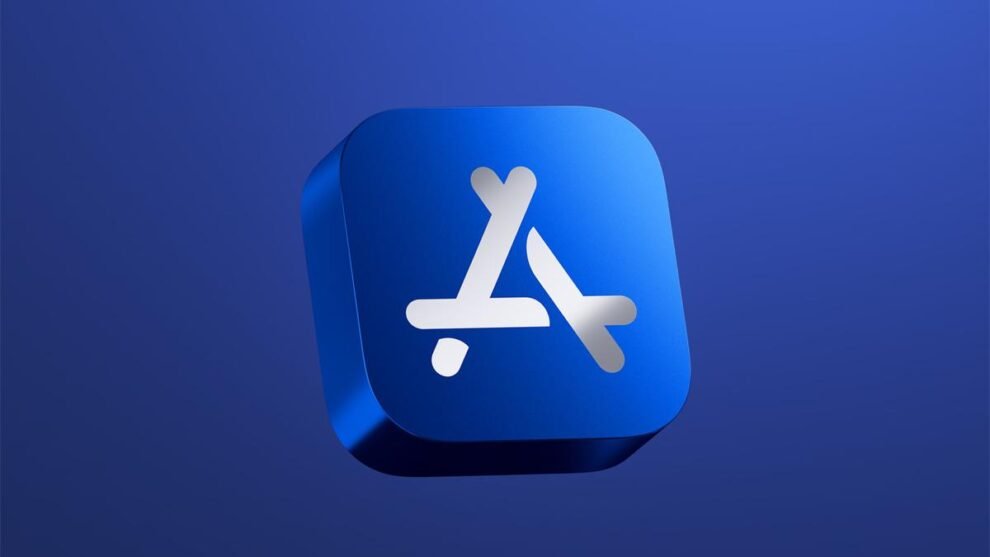Apple’s recent policy changes in the App Store could lead to cheaper iPhone apps, but not without complications. While these changes promise more flexibility for developers and potentially lower prices for consumers, Apple’s continued commission charges could dampen the overall impact. This development has sparked both excitement and criticism in the tech community.
Key Highlights:
- Apple has introduced significant changes to the U.S. iOS App Store policies.
- Developers can now link to external payment methods, but Apple will still charge a commission.
- Apple has unveiled a major overhaul of App Store pricing, offering up to 900 price points.
- Price points range from as low as $0.29 to as high as $10,000 upon request.
- A new commission structure includes 12% for small businesses and 27% for others.
- The changes provide developers with unprecedented flexibility and control.

New Payment Flexibility with a Catch
Apple has revised its U.S. App Store rules to allow developers to link to external payment methods. This change means developers can now direct customers to purchase digital goods outside of iOS apps, a significant shift from Apple’s previous strict in-app purchase system. However, Apple will still collect commissions on these purchases – 12% for small business members and 27% for other developers. This commission applies to purchases made within seven days after a user taps on an external purchase link.
Expanded App Store Pricing Options
In a move to give developers more pricing flexibility, Apple has expanded the pricing options in the App Store. Developers can now choose from nearly 900 price points, a significant increase from the previous number. These price points start at $0.29 and can go up to $10,000 upon request. This expansion allows developers to set prices more strategically and potentially offer lower-priced apps to consumers.
Developer Responses and Challenges
The reaction from developers has been mixed. While some appreciate the added flexibility, others are concerned about the complexity and potential confusion arising from the new pricing structures. Additionally, Apple’s commission fees on external payments have raised questions about the true affordability of apps for consumers.
Pricing Strategy Revamp
Unprecedented Pricing Options
The increase to 900 price points in the App Store is a game-changer for developers. This flexibility allows for more refined pricing strategies, catering to a broader range of consumers. The varied price points, ranging from $0.29 to $10,000, enable developers to price their products more competitively and creatively.
Global Pricing Implications
These changes also have significant implications for international markets. The ability to choose from a wide array of price points across different currencies offers developers a better mechanism to adjust prices based on regional economic factors. This global pricing policy, mirroring strategies used by other platforms like Google Play, could lead to a more equitable pricing structure worldwide.
Subscription Price Changes
Apple has also updated its guidelines regarding subscription price changes. Developers offering subscriptions can now increase prices without interrupting service, under specific conditions. For instance, if the increase doesn’t exceed $5 or 50% of the subscription price, it can be implemented without requiring user opt-in. However, significant price increases will necessitate user approval before being applied.
Apple’s App Store policy changes represent a notable shift in the digital marketplace, providing developers with more pricing options and flexibility. However, the imposition of commission fees on external payments and the complexity of the new pricing structures could complicate the landscape. Consumers may see lower-priced apps, but the overall cost benefits are yet to be fully realized.


















